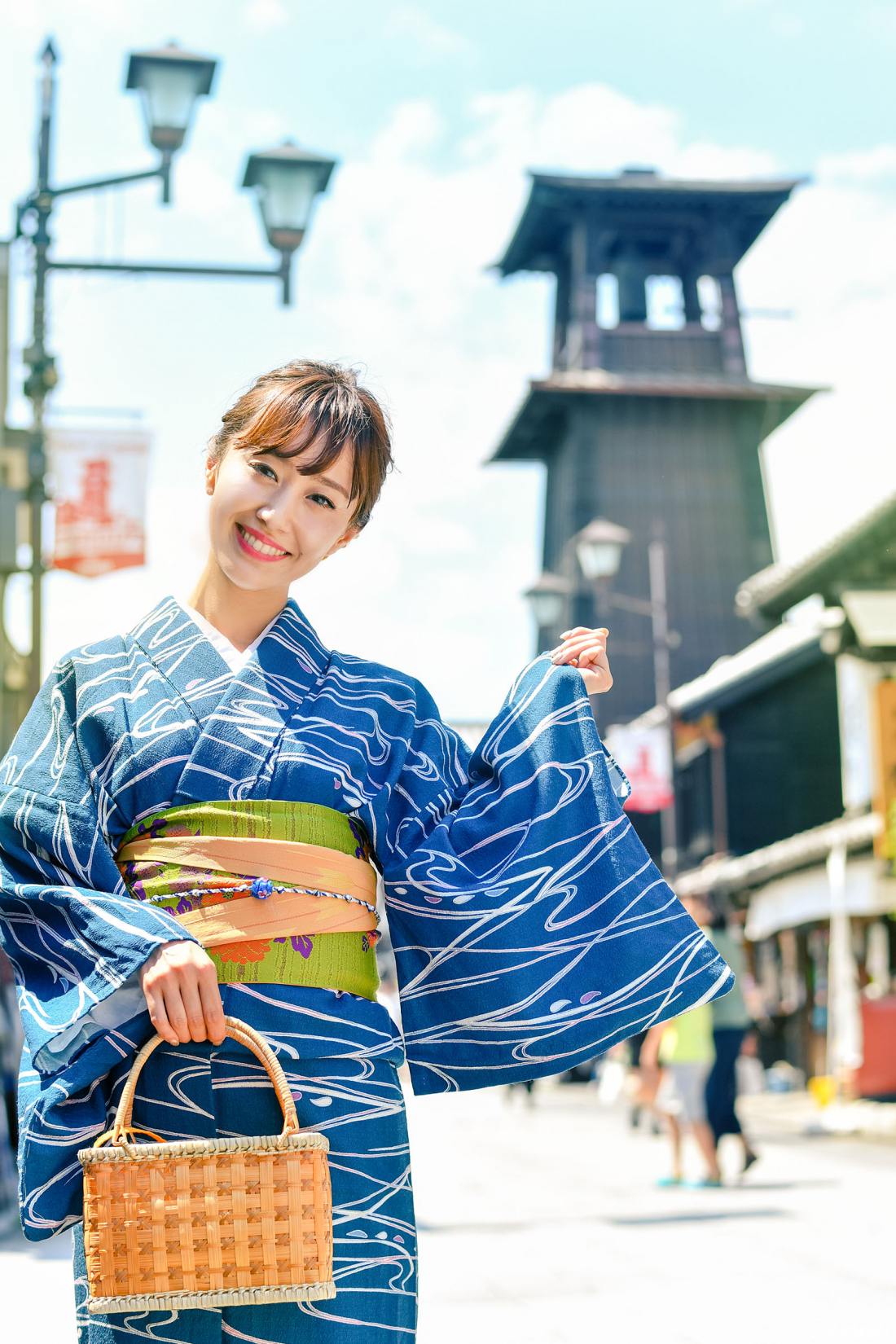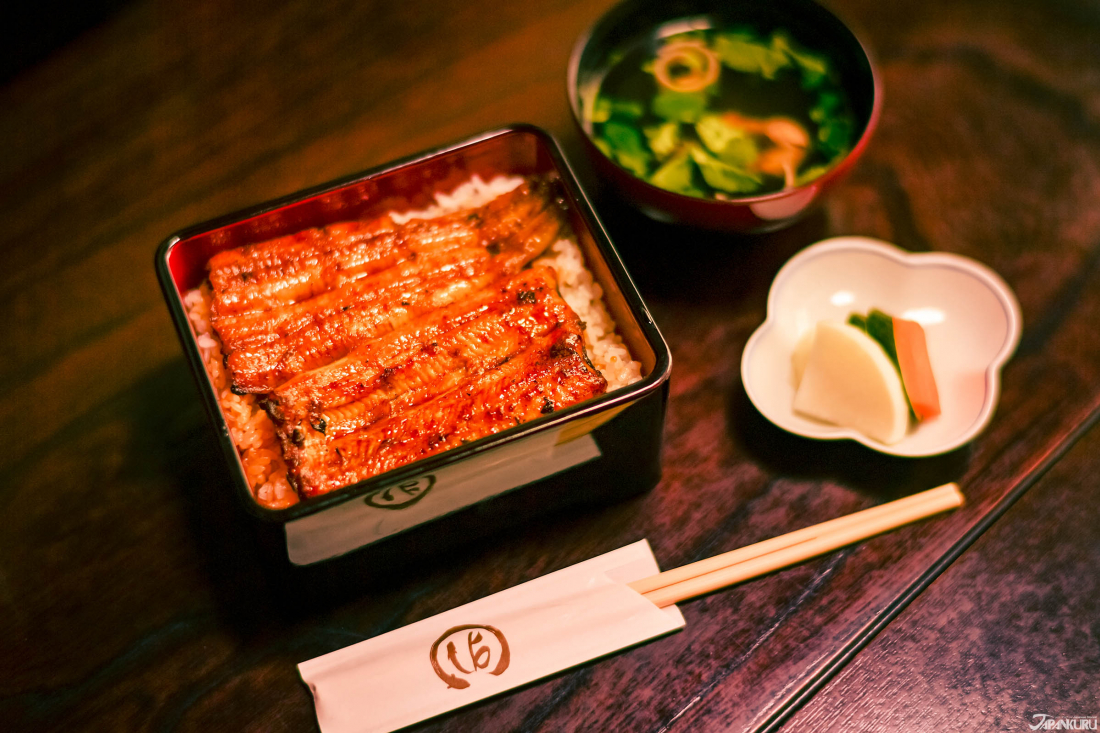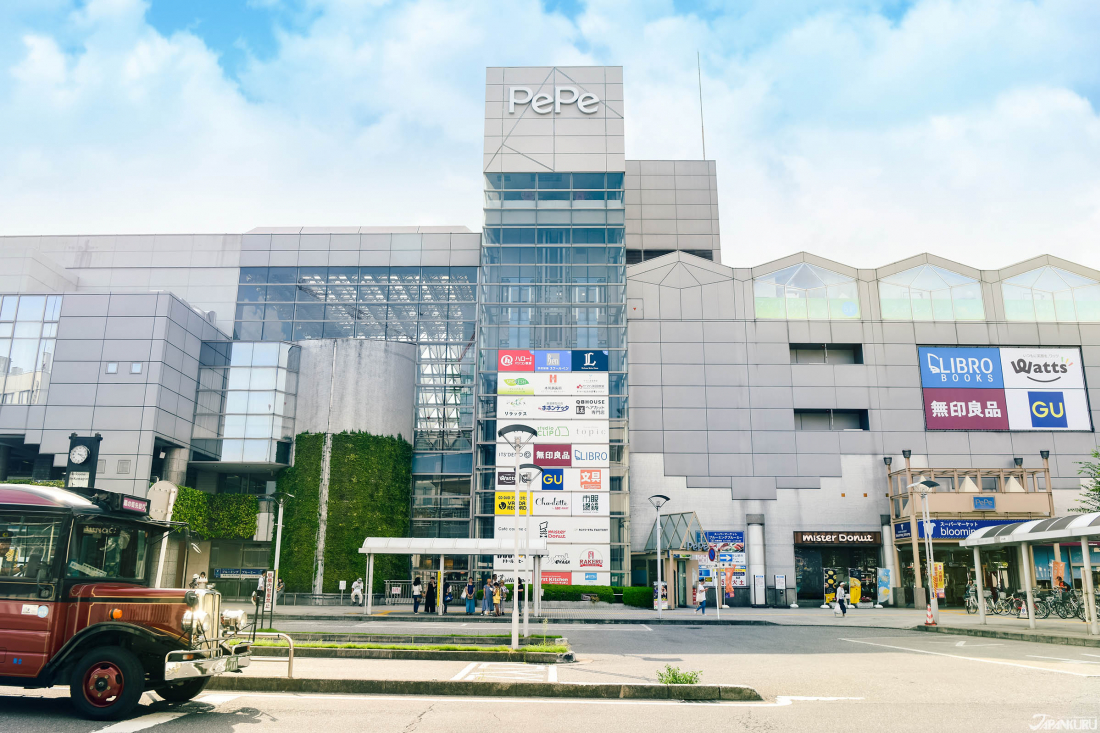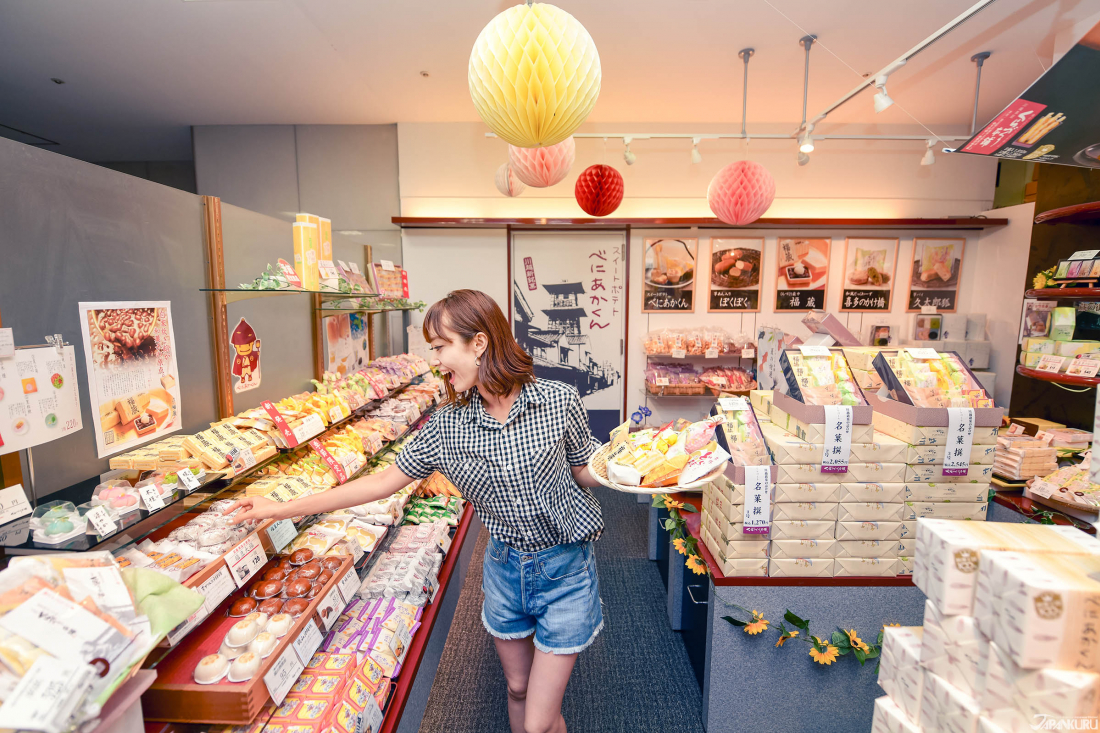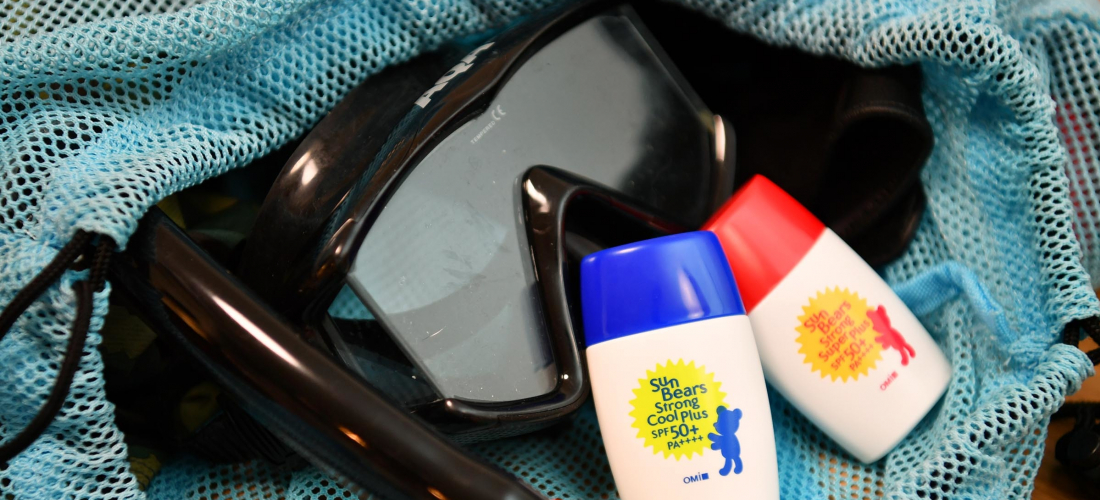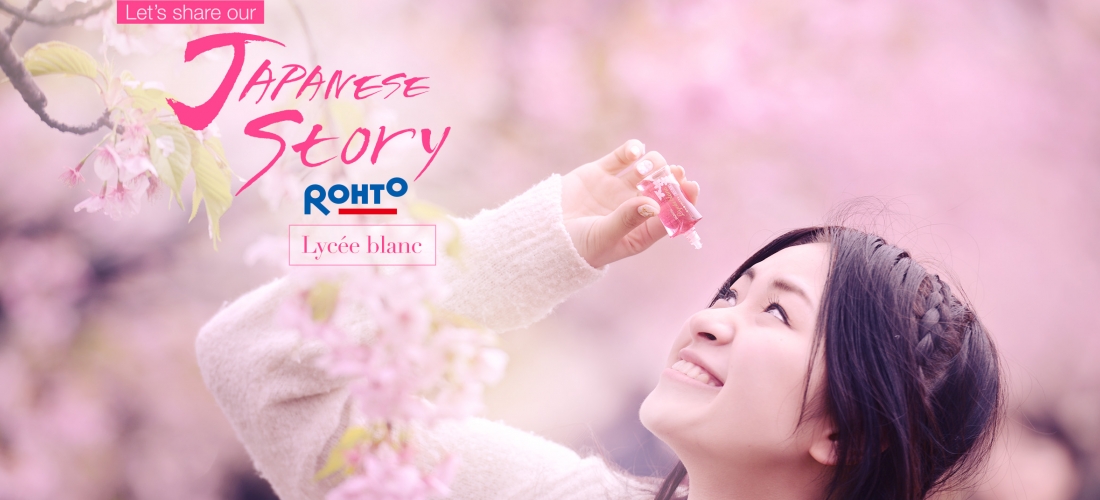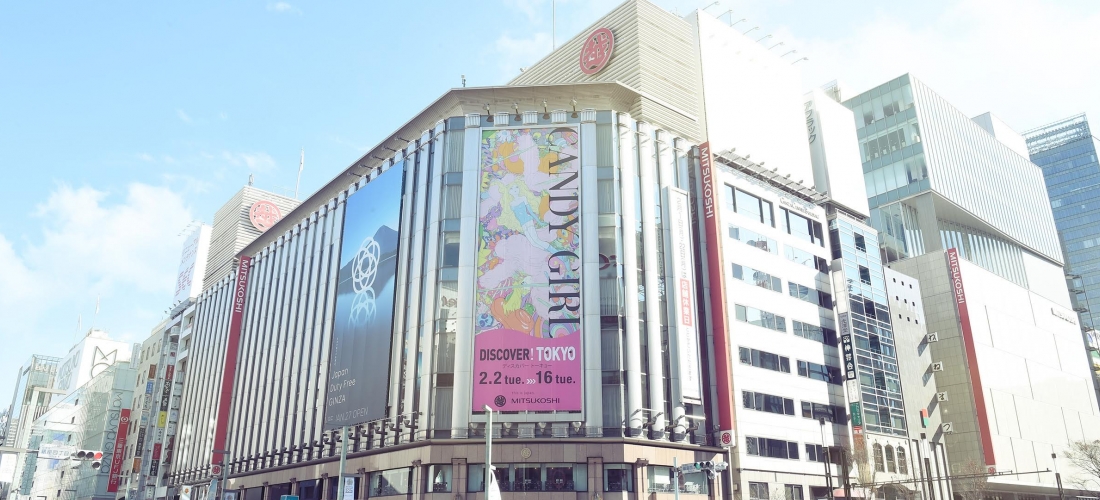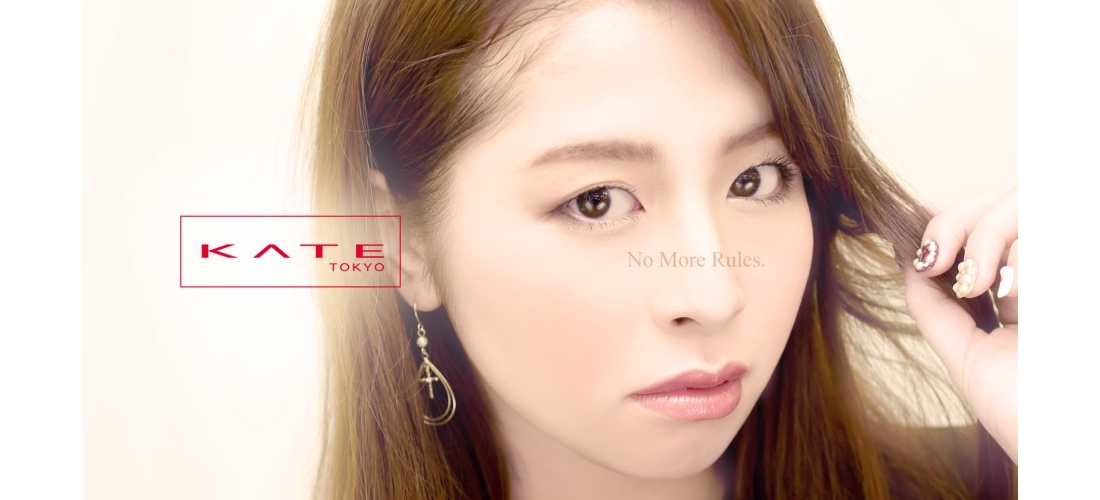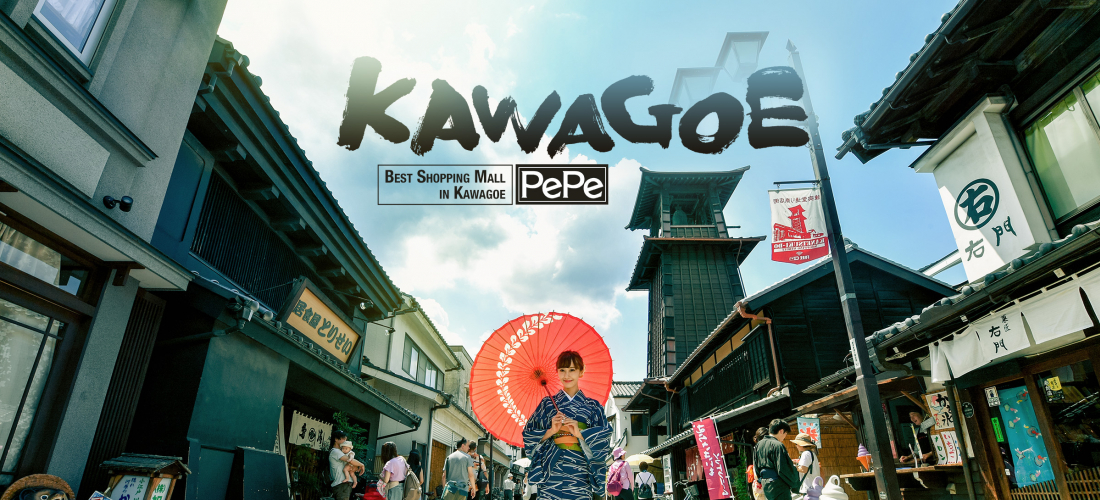
CONTENTS
Kawagoe “Little Edo” 1 Day Trip
Saitama Prefecture is often viewed as the suburbs located to the north of Tokyo mainly due to a number of people commuting for work in Tokyo daily. Aside from residential areas is a popular tourist place called Kawagoe. Kawagoe is also called "little Edo" since it still emphasizes the town it was during the Edo era (1603-1867).
As Japan became more modern, Saitama Prefecture began to change and develop in other areas. As a result, development in Kawagoe slowed down and the buildings and old atmosphere remained to what it is today. As a result, it was reexamined as an attractive tourist place where you can feel the atmosphere of Edo meets modern society.
Being so close to Tokyo, JAPANKURU has visited Kawagoe many times! This time we went for a special event held at Hikawa Shrine (氷川神社).
Related article ①
Kanto's Biggest Festival "Kawagoe festival"
Related article ②
Day Trip to Kawagoe
Getting to Kawagoe from Tokyo
The Benefits of Riding the Red Arrow Limited Express Train
It is possible to go to Kawagoe by a regular train, but there are 3 main reasons we recommend using the Red Arrow Limited Express: 1. All seats are reserved (wheelchair space available), 2. WiFi on the train, 3. Includes vending machines and restrooms.
Buying tickets are also very simple! Just go to the ticket window at the station and choose which one you would like.
Indulging in Japan’s Station Lunch Boxes “Ekiben”
When a Japanese person rides a train, they normally grab an "ekiben" to eat on the train. There are many restaurants in the area, but when you are in a rush or want just a little something to eat there is an area selling station lunch boxes (ekiben;駅弁). Normally it is bad manners to eat on trains, but when riding long destinations and on certain trains like the Red Arrow Limited Express, it is fine. In fact, you will surely see many Japanese snacking on these trains!
When heading to Kawagoe, we recommend the "koppe-pan" specialty shop just in front of the Seibu Shinjuku Ticket Counter, Komeda Kinsei Yawaraka Shiro-Coppe (やわらかシロコッペ). Similar to a sandwich, koppe-pan (コッペパン) is quick and easy as well as the perfect thing for when you just want something light. Also, when returning to Shinjuku from Kawagoe, you can also buy boxed lunches from the PePe shopping facility directly connected to the station. Koedo Ohana (小江戸オハナ), which specializes in eggs, is a really yummy store that we want to recommend.
*Seibu Shinjuku Station → Komeda Kinsei Yawaraka Shiro-Coppe
*Hon-Kawagoe Station → Koedo Ohana
Arriving at Hon-Kawagoe Station
Most of Kawagoe's main sightseeing places start at Hon-Kawagoe Station (本川越駅), which is why many tourists start their trip from this station. Also, the simple and quick access to and from inner-city Tokyo is a big factor.
Within Hon-Kawagoe Station is also a massive shopping facility PePe that has plenty of clothing, souvenirs, and also station lunch box stores (ekiben, 駅弁). We have been to Seibu Shinjuku PePe before, but never the one in Kawagoe! So since we arrived at this station, we took a look at Kawagoe PePe for the first time ever. But first, we are going to introduce some sightseeing spots in the Kawagoe area.
🛍️Seibu Hon-Kawagoe Pepe
1 Chome-22 Shintomicho, Kawagoe, Saitama
Google Maps
⏰10am~9pm
Official website link (ENG)
Hon-Kawagoe Station Tourist Information Desk
When you get off at Hon-Kawagoe Station, there is a tourist information office on the side opposite of the ticket gate. Here you can get various travel information of the Kawagoe area with brochures in multiple languages. Not only that, but they also offer a service that temporarily keeps your luggage from 9am until an hour before they close. Free WiFi is also available!
Since Kawagoe has the scenery and atmosphere of the Edo period, wearing kimonos and yukatas can be a lot of fun. When we go to Kawagoe and decide we want to dress up, we normally visit the kimono rental store Vivian (美々庵). It is about 30 seconds on foot from Kawagoe's famous clock tower "Toki no Kane" and one of the firsts
to start a kimono rental service in the area.
If you go to Vivian, it is better to book in advance online. They are pretty low on staff,
so if you do not make a reservation it is likely you will have to wait awhile.
👘Vivian (美々庵 )
14-5 Saiwaicho, Kawagoe, Saitama
Google Maps
Kimono rental reservation link
Vivian homepage (JP)
"Toki no Kane" (時の鐘)
If you are going to visit Kawagoe, you have to eat at the unagi (eel) restaurant Hayashiya (林屋)! Eel in Japan is well known for being something you eat primarily in the summer. It is characterized by being repeatably baking while the special sauce soaks in making it super delicious and juicy.
Since Kawagoe is the 2nd most famous place when it comes to eel in Japan, there are several shops where you can eat eel. However this particular restaurant is gaining popularity due to its sauce that is sweet and fragrant along with the eels being huge. By the way, if you go for lunch time, we recommend visiting a little earlier before the doors open since it is a popular store within Kawagoe so there may be a line.
Kawagoe Hikawa Shrine is a shrine with a history of about 1,500 years and is a popular shrine especially among young people. The reason is that this is shrine enshrine the God of the marriage. For that reason, there are many charms for both singles wishing to find someone and people in relationships hoping for another successful year together.
Since the shrine is a place where Gods are gathered, when entering the shrine "cleansing and purifying" the body and soal is a must. If you have never seen it or had it explained to you before, it can be hard to know the proper cleansing process which is why we are going to break it down so that you can do it properly on your visit to not only Hikawa Shrine but other shrines throughout Japan.
⛩️Kawagoe Hikawa Shrine (川越氷川神社)
2-11-3 Miyashitamachi, Kawagoe, Saitama
Google Maps
Kawagoe Hikawa Shrine homepage (JP)
Once it gets darker, a special light up event incorporating the wind chimes is held. In some old documents that describe the history of Kawagoe Hikawa Shrine, there is a "Legend of the Glowing River". About 500 thousand years ago, the bottom of Saitama's Iruma River glowed over a wide range every night. After noticing that, people began to wonder where the origin of light came from so the traced the source to where Kawagoe Hikawa Shrine is currently standing. At the time thought there was nothing there, so after discovering such a beautiful rarity, it was decided to build the Kawagoe Hikawa Shrine was built there.
Following this honor, while the wind chime festival is being held, every day from 7~9pm, the creek inside the shrine will light up.
🎐Kawagoe Hikawa Shrine Wind Chime Festival (縁結び風鈴)
July 7~September 9, 2018
Schedule for 2019 is undecided
Large-Scale Shopping Facility Directly Connected to Hon-Kawagoe Station
🍱Train Station Lunch Box “Ekiben”
As we mentioned before, after traveling in Kawagoe, many people stop by at the station for some last minute shopping or snacks at PePe before returning to Tokyo. One thing that is the main buying point is the station lunch boxes with eggs from Koedo Ohana (小江戸オハナ). They use original eggs and incorporate them in sandwiches and lunch boxes that are made directly at the store right in front of you.
🍱Koedo Ohana (小江戸オハナ)
1F
10am~9pm
🍠Japanese Sweets Specialty Store with 230 Years of History
Kameya (龜屋) is known as a Japanese-style sweets store specializing in regional sweets. The sweets are made with domestic rice and azuki beans and Kawagoe's famous sweet potatoes (さつまいいも; satsumaimo). Since they also sell snacks singularly, we got one and ate it on the train back to Tokyo. The sweetness was just the perfect amount to not overpower the sweet potato flavor. We 100% recommend trying one for those who like sweet potatoes!
🍠Kameya (龜屋)
1F
10am~9pm
🍮Traditional Japanese Sweets Store
Kuradukuri Honpo (くらづくり本舗) is a Japanese sweet company like the store we introduced just before. There are so many kinds and variations, you feel like you are at a buffet when you pile up what you want on the store's basket plate. If you are not sure what to get, one of the store's most popular and highly recommended snack is Fukugura (福蔵). Similar to a rice cracker outing, it is packed with a sweet red bean paste.
🛒Fashion, Lifestyle Goods, Food
MUJI is a brand that sells world famous miscellaneous goods. There are stores overseas, but you should try going once while traveling in Japan because they often sell limited items. Hon-Kawagoe PePe's MUJI had various goods particularly convenient, lifestyle goods that are useful for traveling like travel bags and high-quality microwavable meals.
🛒MUJI (無印良品)
1F
10am~9pm
👚Currently Trending Casual Clothing
GU is a well-known store that is a Japanese discount casual wear designer and under the same company as the just as famous UNIQLO. Compared to UNIQLO, GU is more of a popular affordable brand in Japan among younger people. They also have a pajamas corner that is filled with loads of different styles of comfy pjs.
👚GU
2F
10am~9pm
🛍️Seibu Hon-Kawagoe Pepe
1 Chome-22 Shintomicho, Kawagoe, Saitama
Google Maps
⏰10am~9pm
💻Official website
For more interesting topics,
Be sure to look at JAPANKURU🐶 for more exciting articles every day!!
Or add us on Google+, Instagram, Facebook to share your Japanese pictures💖🗾
Details
NAME:Seibu Hon-Kawagoe Pepe
MAP
1 Chome-22 Shintomicho, Kawagoe, Saitama
ACCESS:Seibu Hon-Kawagoe Station
CONTACT TEL:049-226-7777
PROFILE
Follow us @Japankuru on Facebook, Instagram, and Twitter!
COMMENT
FEATURED MEDIA
VIEW MORE
・Accommodations for Odaiba Sightseers: Mitsui Garden Hotel Toyosu PREMIER ・住宿推薦 三井花園飯店 豐洲普米爾 ・오다이바 관광 맞춤 숙소: 미츠이 가든 호텔 토요스 프리미어 ・ค้างคืนที่ Mitsui Garden Hotel Toyosu Premier โรงแรมสำหรับผู้มาเยือน Odaiba #japankuru #odaiba #tokyo #tokyotrip #japantrip #japantravel #mitsuigardenhotel #mitsuigardenhoteltoyosupremier #tokyohotel #odaibahotel #toyosu #tokyoview #tokyobay #rainbowbridge #미츠이가든호텔토요스프리미어 #오다이바 #오다이바맛집 #오다이바건담 #오다이바해변공원 #오다이바야경 #오다이바온천

Nagano Prefecture is famous for delicious soba noodles, and in the city of Ueda, you can learn from the experts! Local aunties run this cooking class, teaching you everything you need to know to make your own delicious plate of soba noodles entirely from scratch. #japankuru #soba #sobanoodles #japanesefood #travelexperience #japan #japantrip #ueda #nagano #japaneseculture #japanexperience #daytrip #daytour #cookingclass #japanesecookingclass #上田市 #そば作り #소바체험 #우에다시 #나가노여행 #일본소바

Kuramae Shrine is known for its early-blooming cherry blossoms and its gorgeous golden mimosa blooms, making it a great sakura spot for travelers arriving in Tokyo a little early for the main cherry blossom season. It’s also tucked away in a neighborhood packed with trendy cafes and coffee shops. Kuramae is a lovely place to spend the day. 🌸☕️ ・ #japankuru #kuramaeshrine #kuramae #tokyo #tokyotrip #cherryblossom #cherryblossoms #mimosa #tokyocherry #花見 #蔵前神社 #ミモザ #桜 #東京 #Japan #日本 #일본 #Japon #ญี่ปุ่น #Japão #Japón #япония #japantravel #日本旅行 #日本旅遊 #일본여행 #japan_of_insta #japantrip #traveljapan

Local Japanese Favorites at the Okinawa Don Quijote ② Ohta’s Isan, the digestive aid of the Japanese people ・ ・ 2024唐吉訶德不可不知的好物推薦② 日本國民消化小幫手:太田胃散 ・ ・ 오키나와 돈키호테 숨은 꿀템2. 일본 국민 소화제! 오타이산 #japankuru #okinawa #donki #沖縄 #오키나와 #오키나와여행 #오키나와돈키호테 #일본쇼핑리스트 #오타이산 #일본소화제 #太田胃酸 #ohtasisan

Happy Valentine's Day from the Japankuru team! May your day be full of sweet chocolates and sweet nothings. 💕 Or, if you're like a rising number of women in Japan, take the opportunity to treat yourself! 🍫💝💆 • Find out more at Japankuru.com! (Link in bio.) • #japankuru #valentinesday #valentineschocolate #japanesechocolate #japaneseculture #バレンタイン #バレンタインチョコ #メリーチョコレート #Japan #日本 #일본 #Japon #ญี่ปุ่น #Japão #япония #japantravel #日本旅行 #日本旅遊 #일본여행 #japan_of_insta #japantrip #traveljapan #japan🇯🇵 #japanlife #igerstokyo #explorejapan #japanfocus #enjoyjapan #japantravelphoto

Japankuru Coupon: BEAMS fashion, accessories, lifestyle goods, and more! BEAMS 5% Discount Coupon ▶︎ Validity Dates: February 1 ~ February 29, 2024 ▶︎ Discount: 5% off all products in-store ▶︎ Usable At: BEAMS stores throughout Japan (all stores except BEAMS JAPAN Izumo and BEAMS JAPAN Nikko) ▶︎ Details: Please present this coupon page before payment to receive your discount! This coupon is also valid in combination with tax-free discounts/refunds for foreign tourists. (Tax-free shopping is only available at some BEAMS locations.) Some products may not be eligible for discount. ・ ・ ・ BEAMS - JAPANKURU優惠折扣券 BEAMS 2024年2月限定特別優惠券 店內全部商品95折 ▶︎使用期間:2024/2/1到2024/2/29 ▶︎使用範圍:日本全國店舖 ▶︎使用方法:結帳時請務必事先向店員出示本優惠券,若未出示本優惠券恕無法享有本優惠。本優惠券可搭配免稅優惠一併使用,但不排除特定門市無法使用本優惠券。此外,不排除特定商品不適用本優惠券。 ・ ・ ・ 「빔즈(BEAMS) x 재팬쿠루(JAPANKURU)」스페셜 할인 쿠폰 빔즈(BEAMS) 5% 할인 쿠폰 ▶유효기간: 2024년 2월 1일 ~ 2월 29일(한 달 동안) ▶︎할인율: 매장 내 전 상품 “5% 할인" ▶︎해당 매장: 일본 전국 빔즈 (BEAMS) 매장 (BEAMS JAPAN이즈모、BEAMS JAPAN닛코는 쿠폰 할인 대상 제외 점포입니다) ▶︎상세 내용: 결제 전 본 쿠폰 페이지를 제시하면 정가대비 5% 할인된 금액에 구매하실 수 있습니다! 본 쿠폰은 외국인 관광객들을 대상으로 하고 있으므로 면세 혜택(빔즈 일부 매장)과 별도로 추가 할인이 가능합니다. (일부 매장 및 제품은 대상에서 제외될 수 있습니다.) #japankuru #beams #beamsjapan #beamsginza #coupon #재팬쿠루 #빔즈재팬 #빔즈 #일본여행 #일본쇼핑 #일본쇼핑리스트 #銀座 #東京 #tokyoshopping #japankurucoupon



